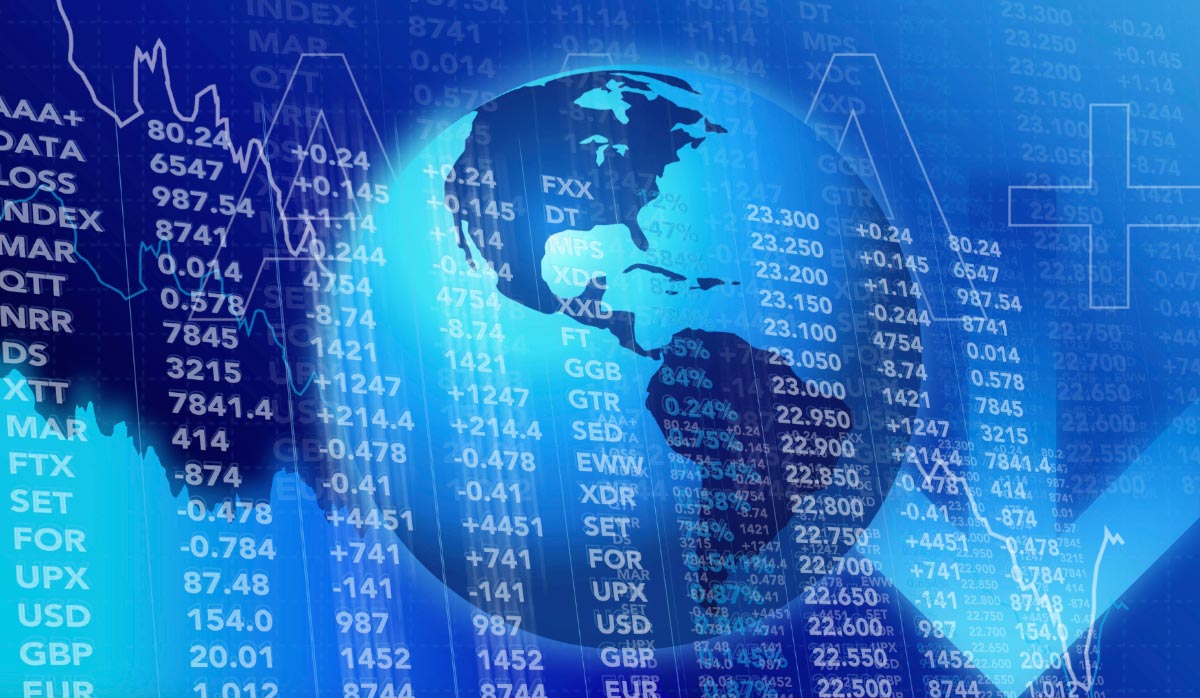while the more expensive N share class is rated Silver. This strategy is hemmed in compared with others they run given its 5% limit on high-yield corporate, and in practice it has had very little exposure there. As a result, the strategy outpaced 80% of peers in 2020, its best calendar year relative to peers since 2012. Among traditional core bond offerings, this is one of the best options available to investors.
Executing and refining
The strategy has long exhibited a strong balance between flexibility and discipline, while smaller, more recent improvements should continue to differentiate it from peers. As a result, its Process Pillar rating is upgraded to High from Above Average. This strategy is run by value investors looking to buy bonds when they’re cheap and sell them when they get expensive. They also dial risk up and down in a predictable fashion, and have made slight changes in recent years, such as an adjustment to more dynamically manage duration, which has resulted in the strategy being more competitive.
Back on defense
As of December 2020, the strategy’s largest allocation was to U.S. Treasuries, which soaked up 41% of assets. This was up dramatically from just a few months prior; Treasuries accounted for 30% of assets at the end of 2019 before managers drew down that stake to fund purchases during the sell-off, and by March 2020 it had fallen to under 9%. Agency mortgage-backed securities were the next-largest allocation at 30% of assets, a number that also moved around dramatically throughout the last year.
The managers dropped it to 5.2 years when the Fed cut rates in early 2020 but have since been increasing it as the economy and market recovered.
Rock steady
From January 2010 (the team’s first full month) through March 2021, the strategy’s institutional share class returned 4.3% annualized, beating roughly four fifths of distinct intermediate core bond peers; the peer group’s median return over the same period was 3.8%, while the benchmark Aggregate Index returned 3.7%. Though this strategy has less flexibility to invest in high-yield than Metropolitan West Total Return Bond (this one can own up to 5%, while its sibling can hold 20%), its overall positioning has mirrored the firm’s flagship strategy. Conservative positioning heading into 2020 led the strategy to hold up better than two thirds of distinct peers in the COVID-19 sell-off between Feb. 20, 2020, and March 23, 2020. As a result, the strategy beat out 80% of peers for calendar-year 2020.
(Source: Morningstar)
General Advice Warning
Any advice/ information provided is general in nature only and does not take into account the personal financial situation, objectives or needs of any particular person.










